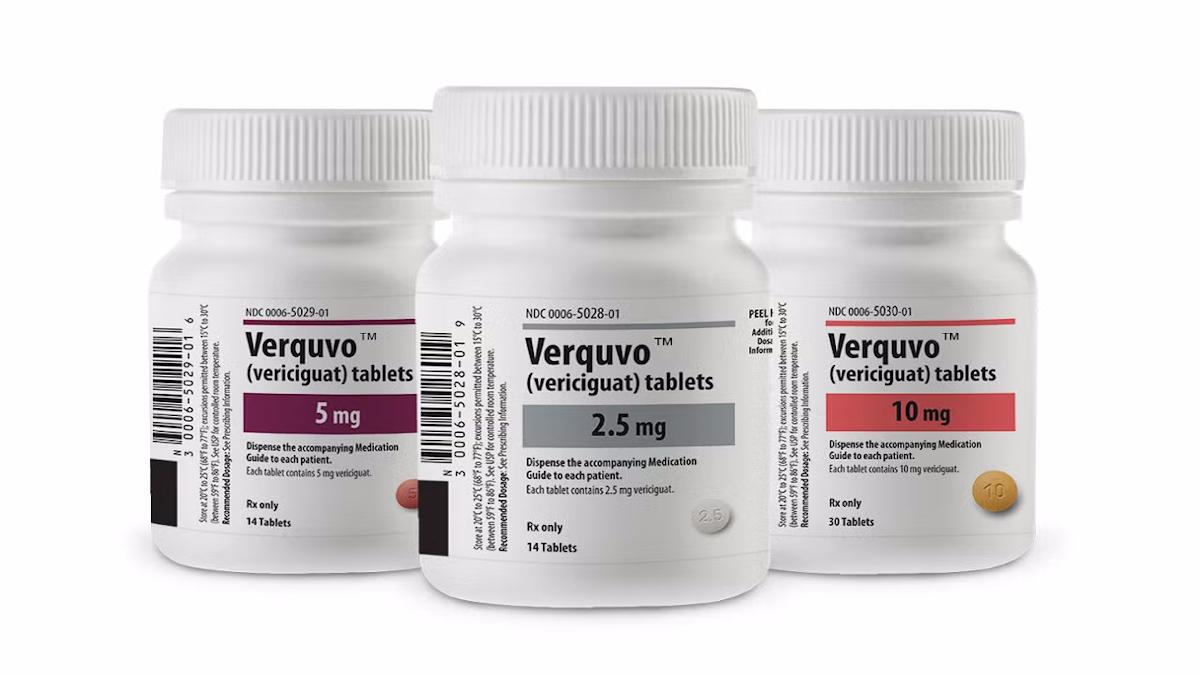Semaglutide scores again, this time in heart failure

The list of benefits for Novo Nordisk's semaglutide keeps getting longer. Now, it seems the GLP-1 agonist could help patients with heart failure, adding to earlier studies showing it can treat diabetes, reduce weight, and lower the risk of cardiovascular events like heart attacks and stroke.
Novo Nordisk has just released the results of the phase 3 STEP-HFpEF trial showing that semaglutide was able to reduce symptoms and improve exercise capacity in overweight people with heart failure.
As its name suggests, the study enrolled patients with heart failure with preserved ejection fraction (HFpEF), a particularly hard-to-treat form that accounts for around half of all cases of heart failure and has few approved therapies.
The results showed that once-weekly semaglutide given at a dose of 2.4 mg – the same as in Novo Nordisk's Wegovy product for obesity – achieved a 16.6-point reduction on the Kansas City Cardiomyopathy Questionnaire clinical summary score (KCCQ-CSS), compared to an 8.7 reduction with placebo.
Treatment with the drug also led to a 21.5-metre improvement on the six-minute walk test after 52 weeks, versus 1.2 meters in the control group, and patients lost 13.3% and 2.6% of their body weight, respectively, over that period.
The data was presented today at the European Society of Cardiology (ESC) Congress in Amsterdam, alongside publication in the New England Journal of Medicine (NEJM).
Principal investigator Dr Mikhail Kosiborod, of Saint Luke's Mid-America Heart Institute in Kansas City, said: "To our knowledge, this is the first trial of a pharmacologic agent to specifically target obesity as a treatment strategy for HFpEF, and the magnitude of the benefits we observed is the largest seen with any agent in HFpEF."
He added: "This will likely have a significant impact on clinical practice, especially since there is a dearth of efficacious therapies in this vulnerable patient group."
He also said that the findings should spark a change in the way obesity in people with heart failure is viewed, suggesting that, in HFpEF at least, "obesity is not simply a comorbidity in patients with HFpEF, but a root cause and a target for therapeutic intervention."
The data provides another compelling endorsement for semaglutide, which is at the head of a series of new obesity therapies addressing GLP-1 and other targets, and keeps Novo Nordisk's drug ahead of challengers like Eli Lilly's combined GLP-1/GIP agonist Mounjaro (tirzepatide).
The STEP-HFpEF data have emerged shortly after semaglutide became the first drug in the category to reduce cardiovascular outcomes in the phase 3 SELECT trial, revealing that it reduced the risk of major adverse cardiovascular events (MACE) by 20% compared to placebo.
The results also fire a shot across the bows of other therapies for HFpEF, including SGLT2 inhibitors from AstraZeneca and Eli Lilly/Boehringer Ingelheim – respectively Farxiga (dapagliflozin) and Jardiance (empagliflozin) – as well as Novartis' Entresto (sacubitril/valsartan). The severity and progressive nature of heart failure mean, however, that the drugs may well be used in tandem if semaglutide gets an HFpEF claim added to its label in future.
"We are delighted with the results from STEP HFpEF […] and look forward to working closely with the clinical community and regulators to help realise this potential over the coming months," commented Novo Nordisk's head of development, Martin Lange.












